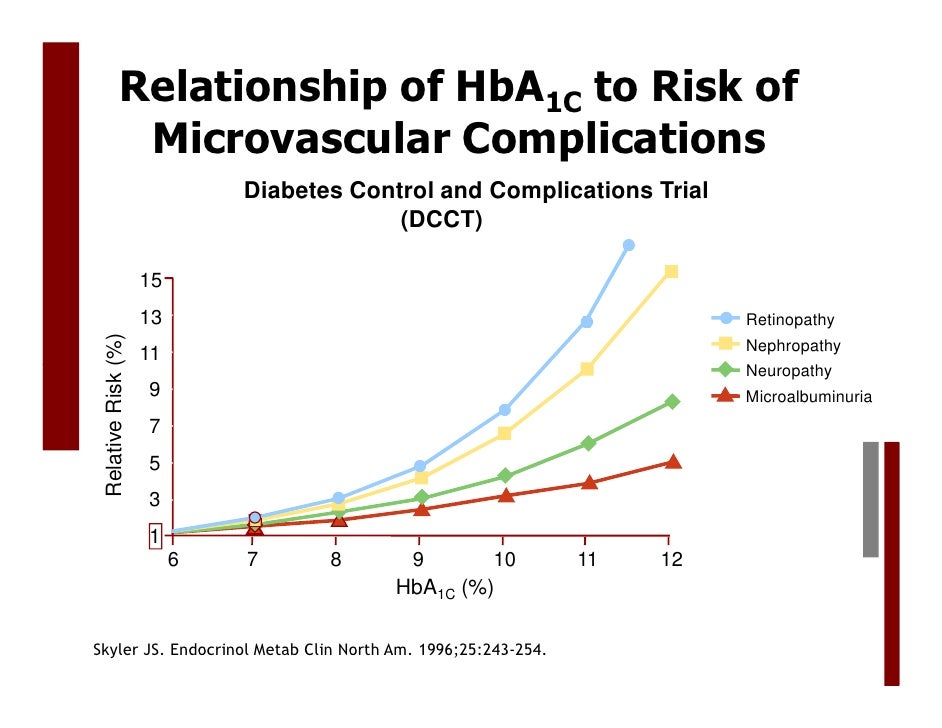
These data suggest that combining a risk score with the max-IMT improves the prediction of CAS in comparison with the risk score alone. The UKPDS Risk Engine V2 Characteristics of the subject:Age 60 yearsDuration of diabetes 7 years Sex FemaleAtrial fibrillation AbsentHbA1c 7.0SBP 145 mm Hg Total cholesterol 5.9 HDL cholesterol 1.1 Ethnicity WhiteSmoking Ex-smoker 10 year risks:Coronary Heart Disease 14.0Fatal CHD 8.9Stroke 5.9Fatal Stroke 0.

The net reclassification improvement increased following the addition of a max-IMT of ≥ 1.9 mm (32.4% in FRS, 19.9% in UKPDS and 51.7% in JALS-ECC). Combining the max-IMT with the risk scores improved the identification of subjects with stenotic lesions, in particular, those in the first, second and third tertiles of the FRS, first and second tertiles of the UKPDS and first and second tertiles of the JALS-ECC (P=0.054, P=0.056, P=0.015, P=0.082, P=0.060, P=0.007, and P=0.080, respectively). A metabolic health definition based on the risk factors that are empirically most discriminating consisted of a systolic blood pressure below 130 mm Hg and no use of blood pressure-lowering medication, a waist-to-hip ratio less than 0♹5 (women) or 1♰3 (men), and no prevalent diabetes. The areas under the curves (AUCs) in the receiver operating characteristic curve analyses of FRS, UKPDS and JALS-ECC were 0.763 (95% confidence interval : 0.674-0.853), 0.785 (95% CI: 0.703-0.868) and 0.767 (95% CI: 0.681-0.853), respectively. We evaluated the reclassification of coronary artery stenosis (CAS) based on the risk score categories after adding each IMT related variable. The risk of coronary heart disease was calculated according to the FRS, UKPDS and JALS-ECC. To compare the efficacy of Framingham Risk Score (FRS), UK Prospective Diabetes Study (UKPDS) risk engine, a risk score based on the Japanese Atherosclerosis Longitudinal Study-Existing Cohorts Combine (JALS-ECC), the maximum intima-media thickness (max-IMT) determined on coronary computed tomography angiography (CCTA) and their combination in asymptomatic patients with type 2 diabetes.Ī total of 116 Japanese patients with type 2 diabetes underwent CCTA.


 0 kommentar(er)
0 kommentar(er)
